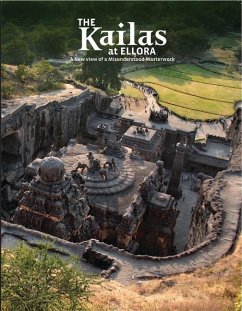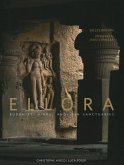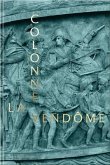Here, for the first time, American architect Roger Vogler examines this great Hindu temple carved downward from the top of a hillside in Maharashtra from the perspective of his fellow architect: the unknown sthapati who actually designed it thirteen centuries ago. The Kailas's magnificent sculptures and carved architectural details have all been extensively documented by many eminent scholars. The great volume of space that envelops them (which as every architect knows is designed with fully as much care and purpose as its solid stone) is, however, almost totally absent from their writings, as are the moral and religious messages that lie beneath these stones, hidden in metaphor. Not the least of these are the towering raw cliffs enclosing the temple's precincts: themselves metaphors for the presence of God. These absences have led to dozens of misunderstandings and erroneous conclusions regarding the monument itself and the intentions of its designer. Focusing not merely on its stones but on the meanings that lie beneath them as well, this book corrects these misunderstandings and rebuts these errors in the course of an entertaining and revelatory walking tour of the entire temple. Published in association with Indian National Trust for Art and Cultural Heritage (INTACH).
Hinweis: Dieser Artikel kann nur an eine deutsche Lieferadresse ausgeliefert werden.
Hinweis: Dieser Artikel kann nur an eine deutsche Lieferadresse ausgeliefert werden.








